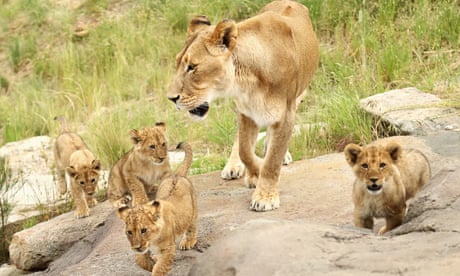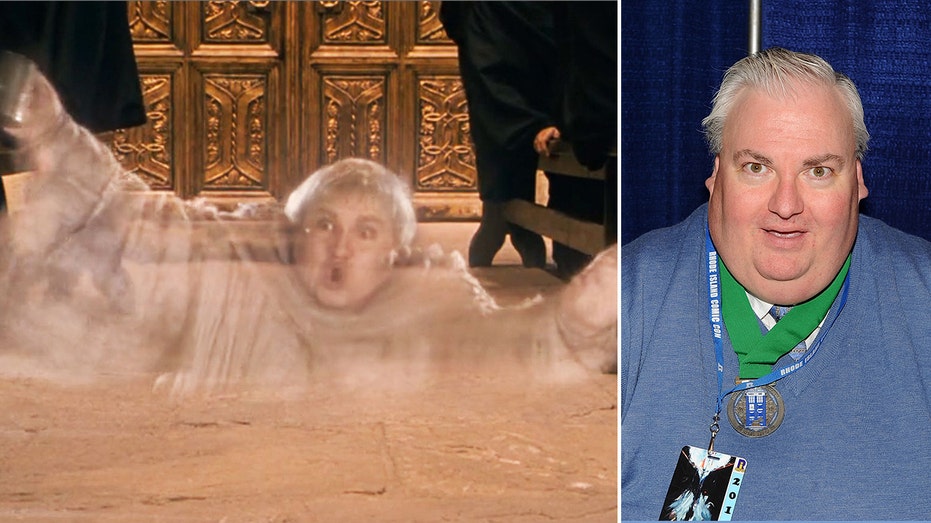- by foxnews
- 11 Mar 2025
Animals bred in captivity develop physical changes that may hinder survival in the wild, research finds
Animals bred in captivity develop physical changes that may hinder survival in the wild, research finds
- by theguardian
- 21 Nov 2022
- in news

Animals bred in captivity experience significant physical and behavioural changes that may disadvantage their survival chances once released into the wild, a wide-ranging research review has found.
The review drew together existing international and Australian research. Captive-bred lions and other carnivores, for example, have differing skull bone shapes and weaker bite force, likely due to a diet of ground meat. In captivity, monarch butterflies, whose migrations normally span thousands of kilometres, lose their migratory tendency, are unable to orient south, and have different wing shape and weaker grip strength.
Australian examples included:
Dr Ben Pitcher, a behavioural biologist at the Taronga Conservation Society who was not involved in the review, said it reflected discussions already under way in the field of conservation breeding.
Dr Marissa Parrott, a reproductive biologist at Zoos Victoria said captive breeding was now an essential tool.
Scientific advancements over the past few decades had resulted in conservation efforts that better approximated the wild environment and biology of a species, Parrott said. As an example, research she co-authored found that wild and captive Tasmanian devils had similar patterns of tooth wear, albeit at slightly different rates.
Eric Woehler, convener of BirdLife Tasmania, added that habitat loss and fragmentation have been the primary drivers of biodiversity loss in Australia for almost half a century.
The ANU analysis was published in the journal Biological Reviews.
- by foxnews
- descember 09, 2016
High-end vacation resort bans children to achieve 'tranquil environment'
The Alila Marea Beach Resort, located in Encinitas, California, has announced that it's no longer accepting kids and is transitioning to an adults-only vacation spot.
read more


